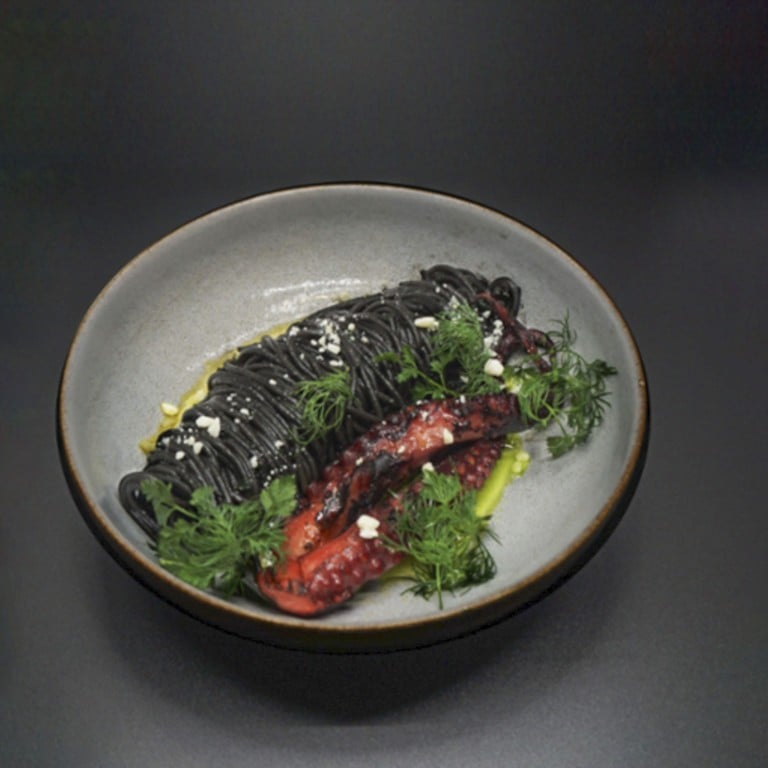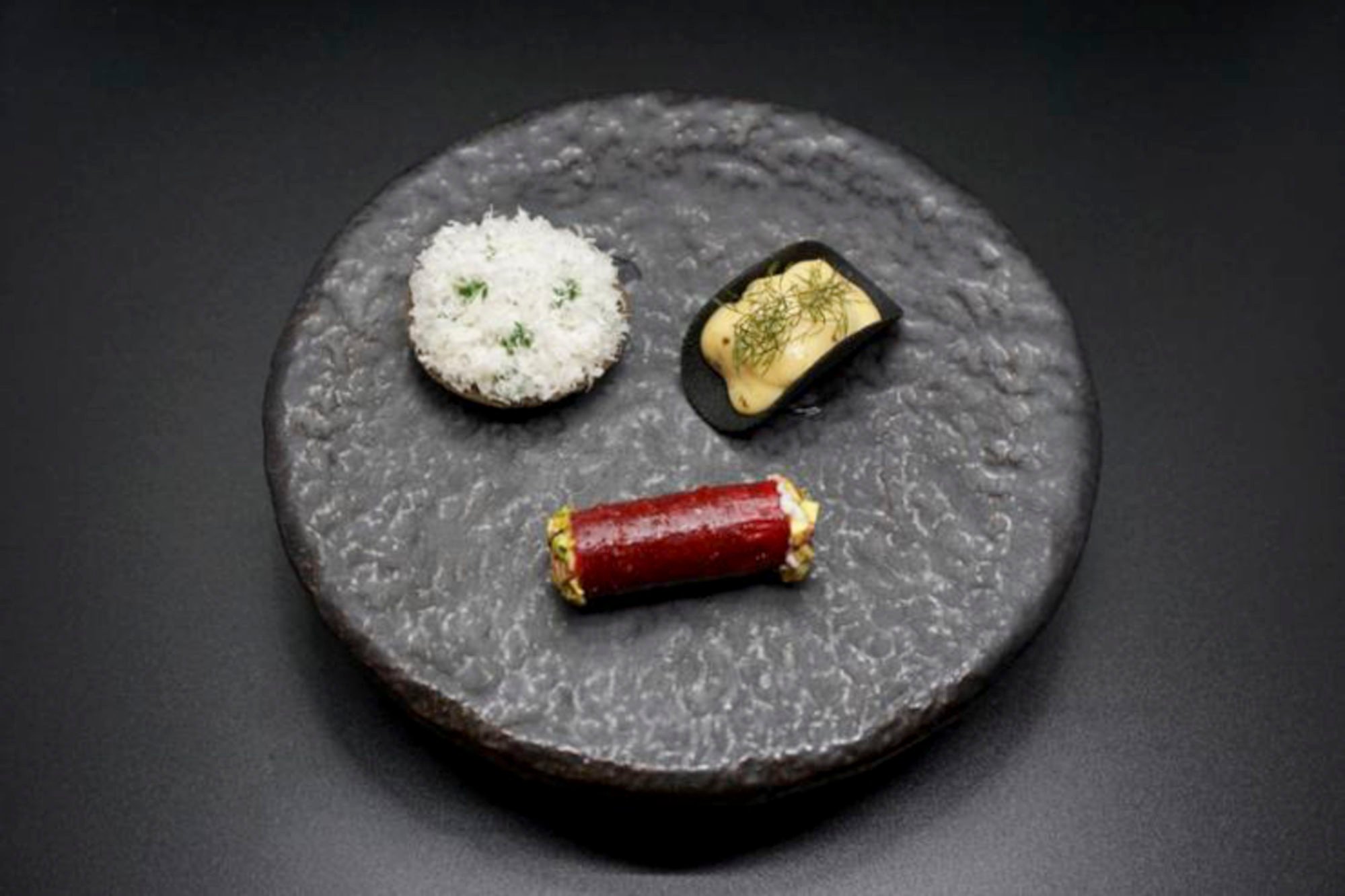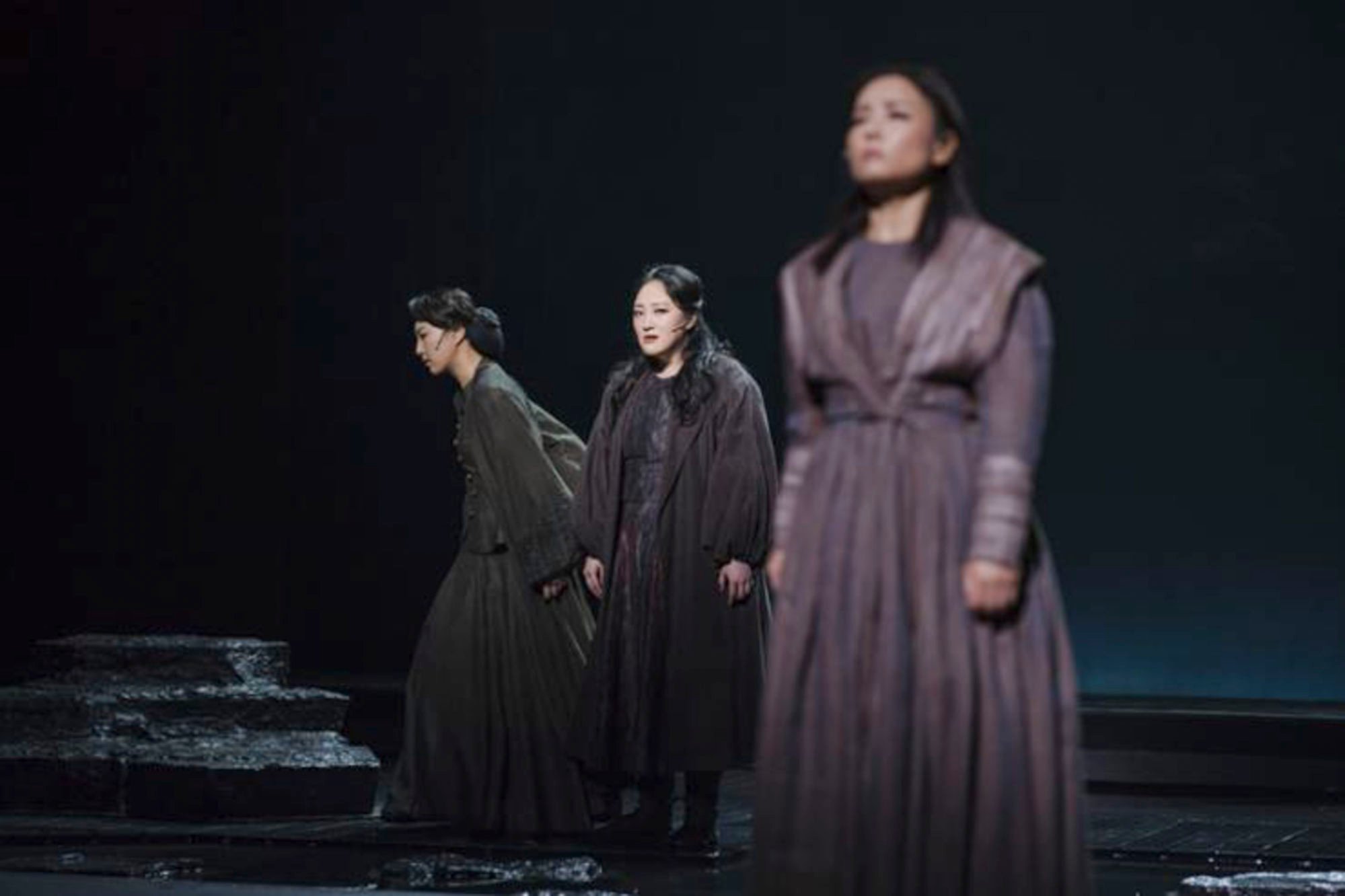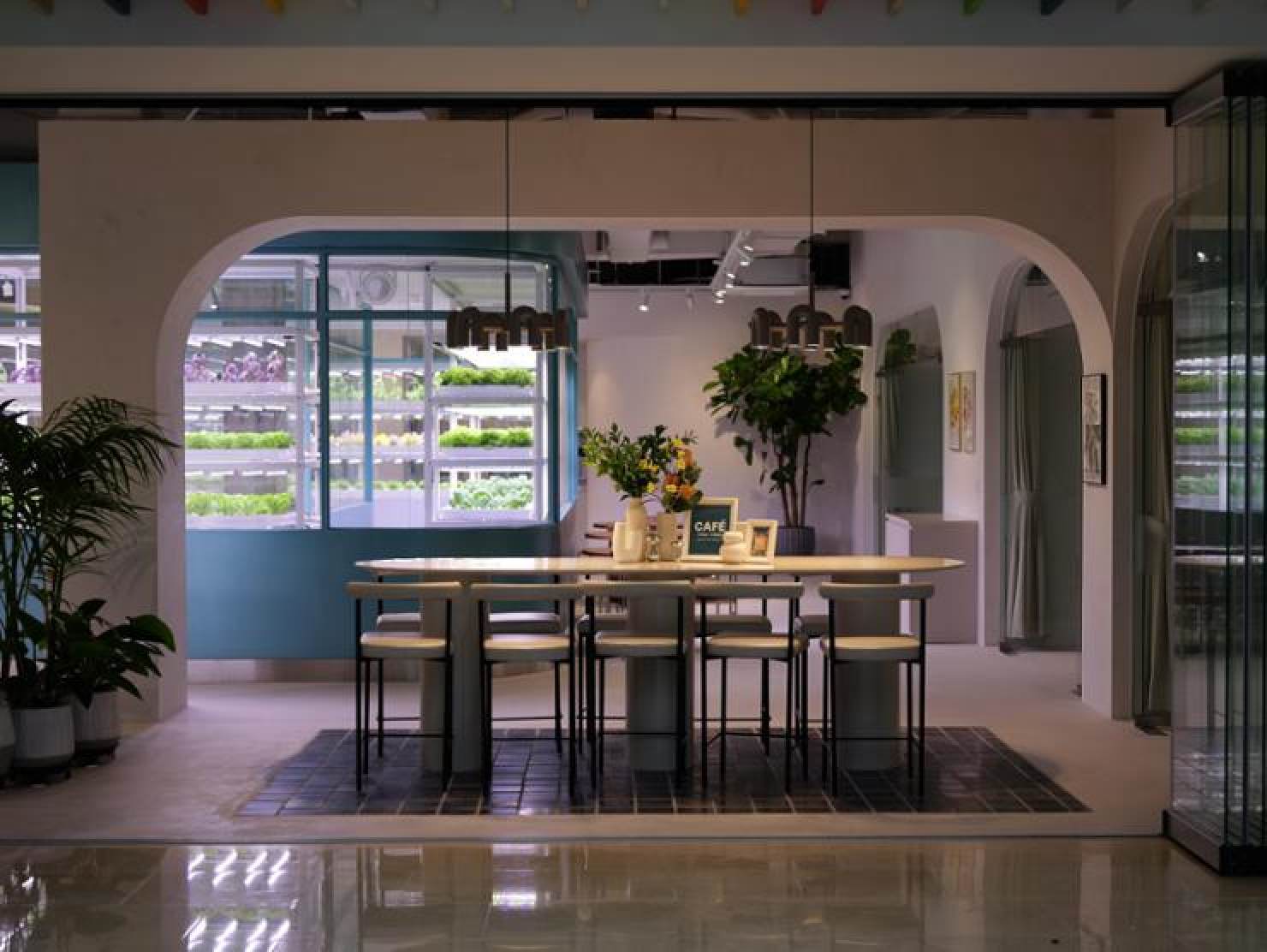
Korean theatre restaurant’s Shakespeare-inspired menu a runaway success, even outlasting King Lear run it was meant for
- Central Yunit, a restaurant inside the National Theatre of Korea, in Seoul, created a menu inspired by Shakespeare’s King Lear, which was running at the time
- The dishes symbolise characters from the play, and the meal proved so popular, it is still offered even after the play’s run has come to an end
By Kwon Mee-yoo
Central Yunit, a farm-to-table restaurant inside the National Theatre of Korea in Seoul, recently unveiled a culinary experience that transports diners into the world of Shakespeare’s King Lear.
The menu draws inspiration from the theatre’s changgeuk (traditional Korean opera) adaptation of Lear, which was acclaimed for its portrayal of King Lear’s descent into madness through the Korean narrative music style known as pansori.
The meal begins with three amuse-bouches, each symbolising one of Lear’s daughters.

“The taco represents the eldest, Goneril. I tried to capture her sombre, secretive nature with a shrimp encased in a black taco shell, covered with aioli.
“The contrast between the crunchy shell and the tender shrimp mirrors the complex duality of the character,” Park Sun-woo, head chef of Central Yunit, says.
Next time you’re in Seoul: 6 top Asian chefs share their go-to restaurants
The second daughter, Regan, is captured with a red cannoli.
“Regan’s cannoli is made with a blackish-red shell, tinted with beet to lend a touch of glamour, reflecting her winning of Edmund’s love. Filled with cream cheese and a whole blueberry, the filling bursts from the shell, symbolising the eruption of deep-seated human desires,” Park says.
The youngest daughter and King Lear’s favourite, Cordelia, is represented by a ratatouille in a black tart shell, topped with grated cheese.
“The choice of ratatouille is inspired by her marriage to the French king. This amuse-bouche is warmer than the two others, highlighting the dutiful and sweet character of Cordelia,” he says.

The main course features octopus and black squid ink pasta, visualising King Lear’s downfall, inspired by the changgeuk adaptation’s innovative set design, which used water to represent the emotional and physical landscape of the characters.
Park drew inspiration from the dark, eerie elements of the sea, as well as images of death and mythical krakens, for the octopus leg dish.
“While reviewing video of Lear, I was particularly struck by the set’s black tones and the use of water, which inspired me to mirror these elements in this dish,” he explains.
“For the characters, I decided to focus on the symbolic elements of the characters and distilled them into simple yet impactful dishes.”


Complementing the dishes are three themed drinks. The Cosmopolitan cocktail, crowned with bubbles, represents Edmund’s insatiable thirst for power.
The bitter Negroni, symbolic of King Lear’s descent into disgrace, features an orange peel garnish representing his crown and is accompanied by a lit cinnamon stick to enhance its aroma.
The non-alcoholic Black Ade pays homage to Goneril, who poisons her sister Regan. This black mojito symbolises the lethal potion and is visually striking, served over dry ice to create a dramatic smoky effect.
The meal, which includes three amuse-bouches, a main dish and a drink of choice, costs 35,000 Korean won (US$26). Originally intended to be served during the nine-day run of Lear, which began on March 29, the popularity of the menu has led to its extension throughout April.

“Since our restaurant is located within the National Theatre of Korea, many theatregoers seem to enjoy this type of collaboration between theatre and dining,” Park says, adding that sales of the special menu soared before and after the show.
Lee Hyun-joo, contents director at Yunit, emphasises the restaurant’s commitment to innovation.
“Yunit serves as a venue for food and culture. This is one of the reasons why we’ve implemented the [farm to table] system in our restaurants and cafes to supply fresh produce directly,” Lee says.
Central Yunit plans to continue its collaboration with the National Theatre of Korea, promising more performances transformed into gastronomic delights.

